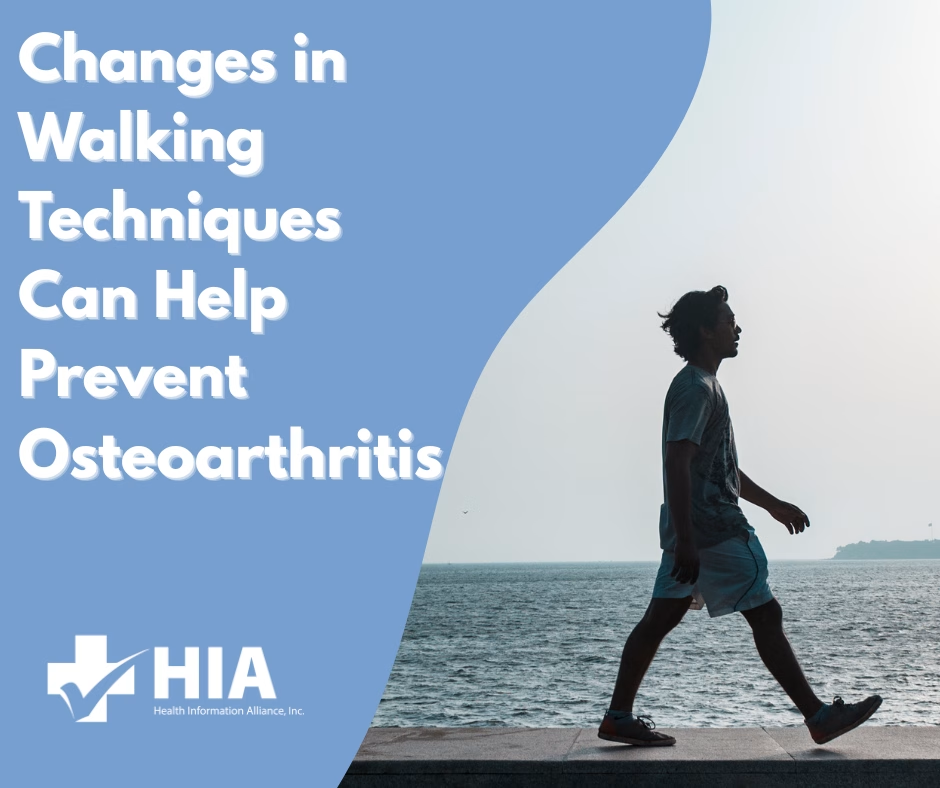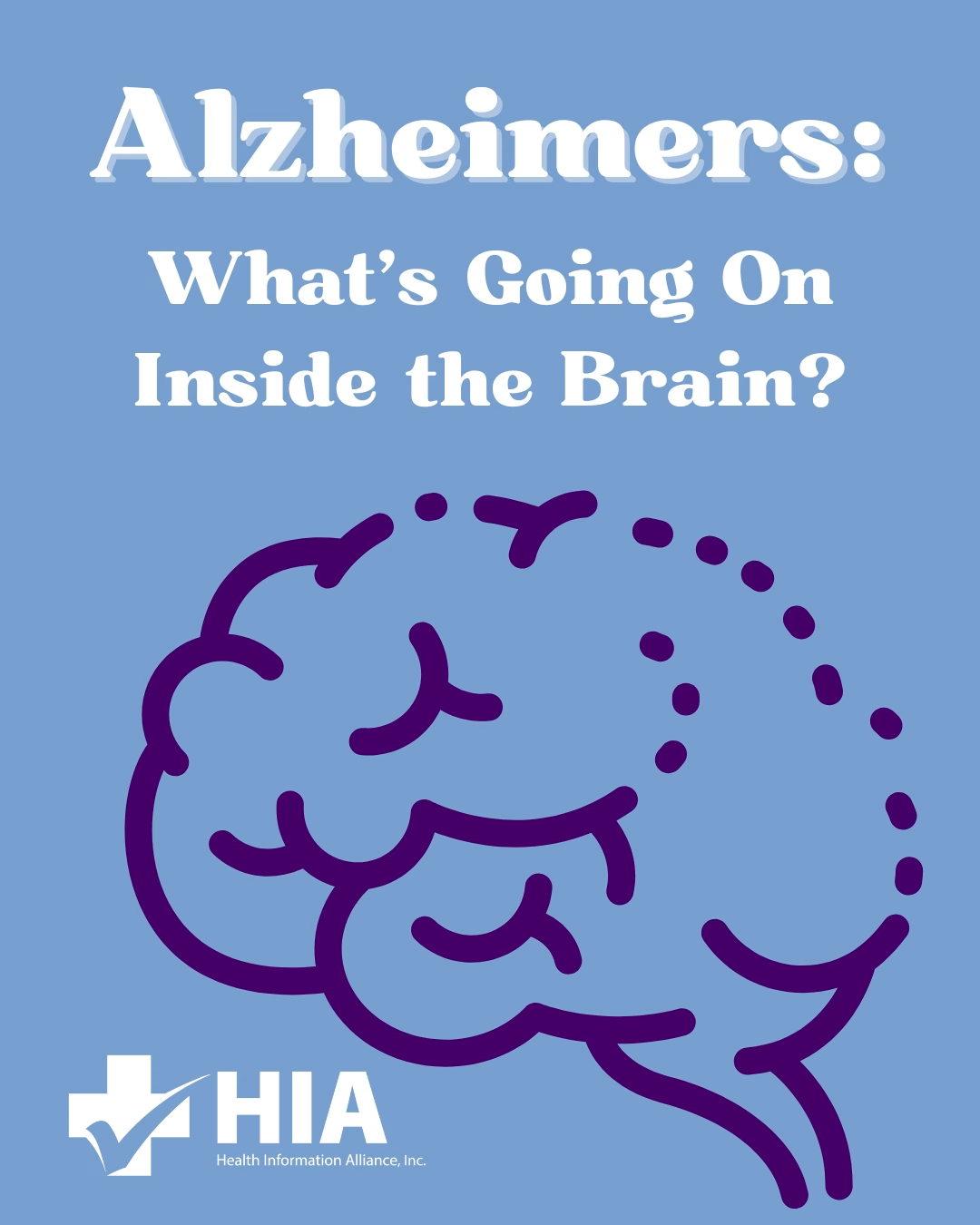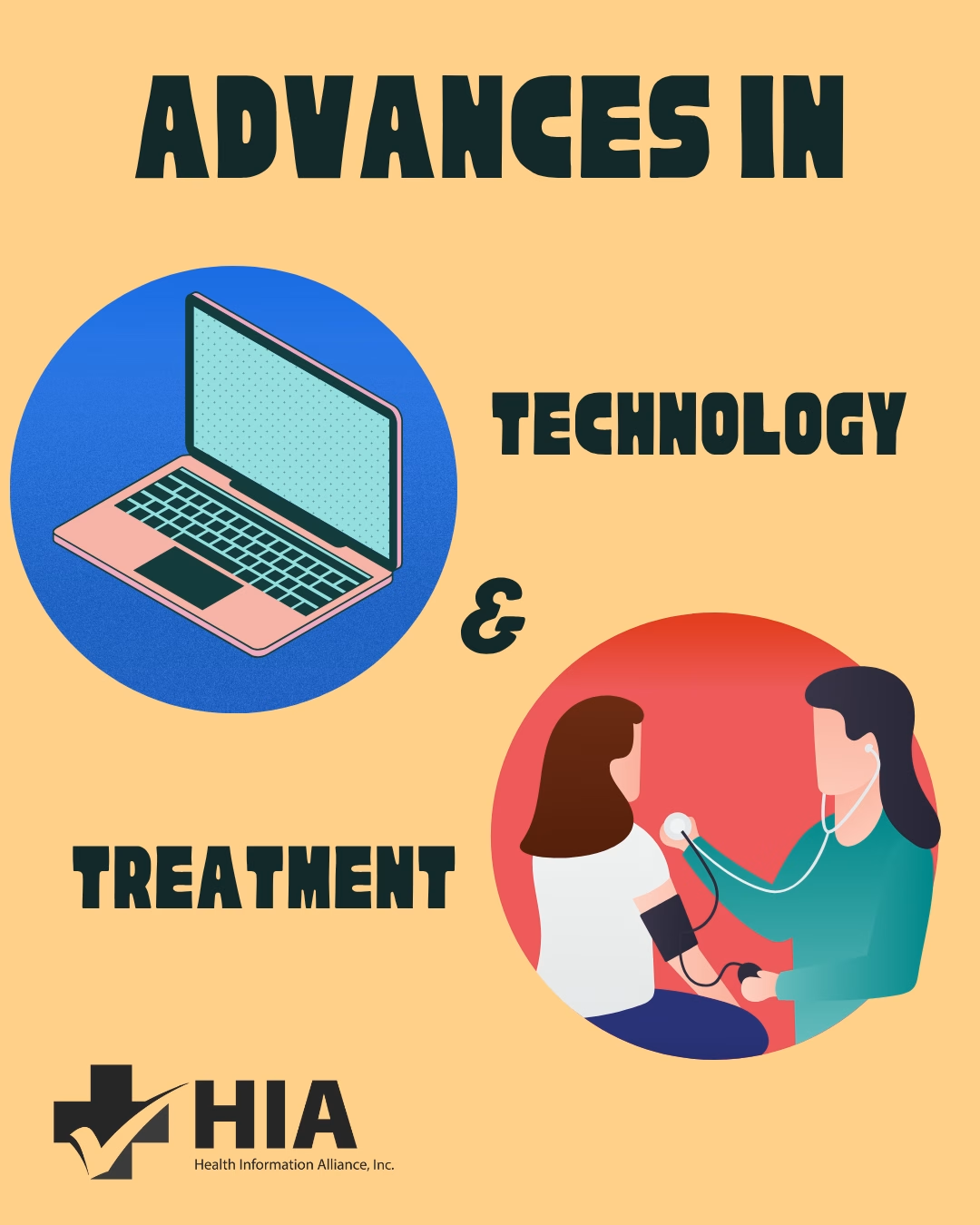A team of researchers from the University of Florida Health and Penn Medicine is using a set of artificial intelligence-powered algorithms called PANDA to find rare “zebras” in inpatient medical records and help patients affected by certain rare diseases get diagnosed and treated more quickly. In health care spheres, rare diseases are sometimes referred to as ‘zebras’ because they are very unusual and unexpected. Any disease that affects fewer than 200,000 people nationwide is considered a rare disease. Worldwide, there are about 7,000 known rare diseases. In the United States, the total number of people affected by these conditions is about 10%.
These symptoms of rare diseases are often ambiguous and baffling. Not many people are affected, and diagnosing them can be difficult, according to Jiang Bian, Ph.D., a professor in the College of Medicine at the University of Florida and chief data scientist for the University of Florida Health.
Upon funding of $4.7 million from the National Institutes of Health, the researchers will advance a set of algorithms powered by machine learning, a form of artificial intelligence, to identify which patients are at risk of five different types of vasculitis and two different types of spondylarthritis, including psoriatic arthritis and ankylosing spondylitis. These calculations, derived from information already available in patients’ electronic health records, could greatly enhance the chance of patients being diagnosed sooner. The set of AI algorithms, known as the Predictive Analytics via Networked Distributed Algorithms for multi-system diseases (PANDA) system, will scan data from patient EHRs to enable earlier diagnosis.
“This is an exciting step forward, building on our current PDA [Privacy-preserving Distributed Algorithms] framework, from clinical evidence generation toward AI-informed interventions in clinical decision-making,” said co-Principal Investigator Yong Chen, Ph.D., a professor of biostatistics at Penn Medicine, in a press release. “Despite the clear need to reduce the dangerous and costly delays in diagnosis, individual clinicians, especially in primary care, face important challenges.”
To create the artificial intelligence method, researchers will use data from Patient-Centered Clinical Research Networks (PCORnet), which offers information on over 27 million patients. Electronic Health Records data such as lab test results, comorbid conditions, and former treatments will be used to create the algorithms. Initially, researchers plan on testing the algorithm in more than 10 health systems.
“The increasing availability of real-world data, such as electronic health records collected through routine care, provides a golden opportunity to generate real-world evidence to inform clinical decision-making,” said co-Principal Investigator Jiang Bian, Ph.D., chief data scientist at the University of Florida Health and a professor in the health outcomes and biomedical informatics division at the University of Florida College of Medicine, in the press release. “Nevertheless, to leverage these large collections of real-world data, which are often distributed across multiple sites, a novel distributed algorithms like PANDA are much needed.”
The use of predictive analytics to improve the diagnosis process is becoming increasingly common. In September, researchers at Mayo Clinic created an AI-based risk prediction model that used labor characteristics to define potential childbirth outcomes. Researchers tested the algorithm on thousands of delivery episodes, reviewing data on hundreds of variables. They found that the results provided by the model were accurate and applicable.
“Ultimately, we hope to build on the algorithms developed for rare diseases and apply them to other diseases,” Bian said.






